This is ALF EPISODE 669. Want more? Check out nearby fishing spots, or other flathead fishing episodes

Introduction To Fishing At Sussex Inlet
Welcome back, ALF listeners! Today, we’re diving deep into flathead fishing at Sussex Inlet, with expert insights from Nathan Bilsborough, whose family has fished these waters for generations.
Situated where St. George’s Basin meets the sea, Sussex Inlet is a small system with offers unique challenges and opportunities. Tides, boating traffic and shifting structure make this area an entertaining and productive flathead fishing destination. Here’s how to navigate this unique ecosystem for trophy flathead.
1. Tidal Considerations
- Tide Timing: The three-hour tide delay at Sussex Inlet compared to standard charts is crucial. This unique timing affects fish movement and feeding patterns, especially during the run out tide, which Nathan prefers for targeting flathead as bait is pulled from fringing mangroves and flats into deeper waters.
2. Locating the Best Spots
- Bird Activity: Active birds usually indicate baitfish presence, which in turn means flathead are likely nearby.
- Ideal Habitats: Target flats with a mix of sandy bottoms and sparse weed areas, where flathead like to ambush prey.
Gear and Tackle Recommendations for Fishing At Sussex Inlet
- Rods: Nathan uses the Jabber’s Snake Charmer Double Tap for its versatility with bigger lures and the Jabber’s Fin Raiser for lighter lures. The Fin Raiser is a 7-foot-6 rod, perfect for casting light to medium lures with precision.
- Reels: A Shimano DC baitcaster for heavier lures on the Double Tap and a 2000 size spin reel for the lighter Fin Raiser setup, providing optimal control and ease of use.
- Lines and Leaders: High-quality, thin braid such as Shimano Ocea or Daiwa J-Braid is recommended for minimal water drag, paired with fluorocarbon leaders to withstand the abrasive underwater structures.
Lures and Techniques
- Lures: Nathan’s top choices include the Crossfire 195 Bent Minnow for surface fishing and the 5-inch Crossfire paddletail for sub-surface. He also frequently uses Zerek Fishtrap lures, particularly when he heads up into the deeper waters of the Basin.
- Technique for Crossfire 195: During the summer months, Nathan suggests using the Crossfire 195 on the surface in the early morning or late evening. As the water warms up, he switches to a subsurface approach, allowing the lure to dive deeper into cooler waters where flathead retreat. This involves adjusting the rig with heavier hooks or adding a small weight to the line to maintain the lure’s depth for longer.
Advanced Strategies For Flathead Fishing At Sussex Inlet
- Surface Tactics: The Crossfire 195 is worked with aggressive jerks mimicking distressed prey, especially effective in cooler waters of early mornings or late evenings.
- Subsurface Approach: Fishing at Sussex Inlet during summer, modify the Crossfire 195 by adding heavier hooks or a slight weight. Cast beyond targeted areas and retrieve the lure steadily, keeping it deeper for longer, to entice less active flathead from their cool water retreats.
Best Practices and Pro Tips
- Avoid Busy Times: Boat traffic is a big factor when you’re flathead fishing at Sussex Inlet, making early morning or late evening on weekdays ideal for fishing.
- Leverage Local Expertise: The Sussex Inlet Fishing Club is a valuable resource for tips on safe navigation and productive fishing spots.
Conclusion
Effective flathead fishing at Sussex Inlet requires not only understanding the unique environmental conditions but also adapting gear and techniques to seasonal changes. By employing Nathan’s insights with the right tackle, including versatile rods like the Jabber’s Fin Raiser and effective lures like the Crossfire 195 and Zerek Fishtraps, anglers can significantly increase their success rates. Remember, each fishing trip adds to your understanding of this dynamic ecosystem.
Nathan Bilsborough
Flathead Enthusiast and Tackle Developer
Nathan grew up on the New South Wales South Coast and learned fishing at Sussex Inlet (with bait) on family trips with his grandfather and father. These days he’s 100% lure fishing only and takes his own son to fish this system whenever he can. Nathan is a co-owner of Jabber’s Australia and is responsible for bringing high quality travel rods, lures and terminal tackle into Australia.
Related Episodes
Soft Plastic Lure Fishing Hacks 101 With Greg Vinall
EPISODE # Check out our archives for more information on Botany Bay Fishing Spots!Fishing with soft plastic lures can be incredibly rewarding if you know how to use them effectively. With over 25 years of experience, I've picked up a range of tips and tricks that can...
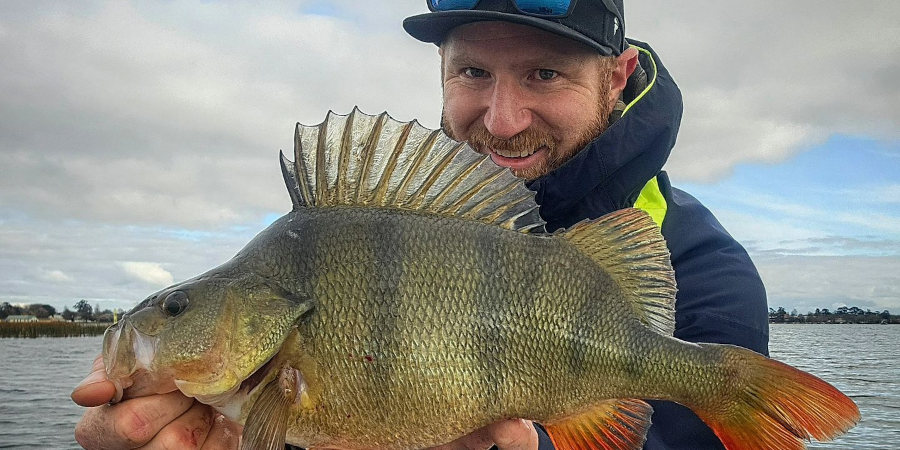
Advanced Soft Plastic Techniques With Rory Benn-Clibborn
This interview with Rory Benn-Clibborn is EPISODE 679. Check out our archives for more information on Lure Fishing In Australia!In this masterclass, I chat with Rory Benn-Clibborn from Perch Palm Lures about various advanced techniques for fishing with soft plastic...
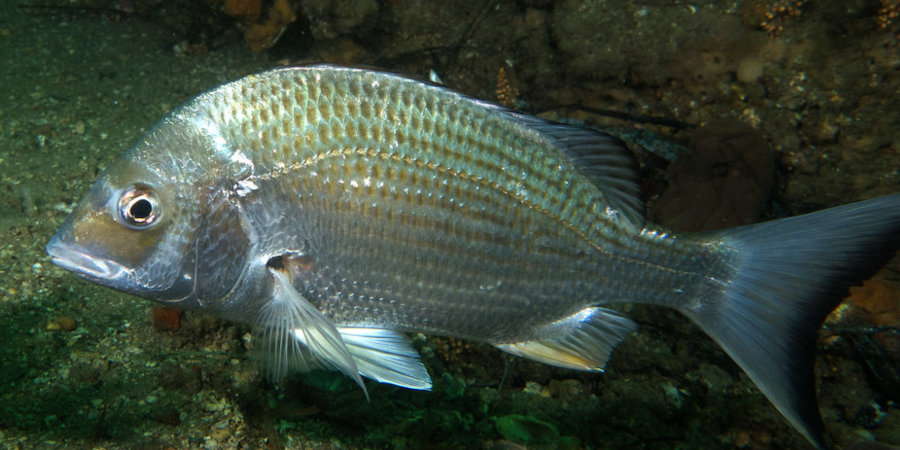
The Art Of Luring Bream
Tim “The Bream” Morgan is highly respected for his achievements on the tournament bream circuit, so when he gets chatting to fellow bream gun Andrew Death, you’d better believe that the pro tips will start flowing!
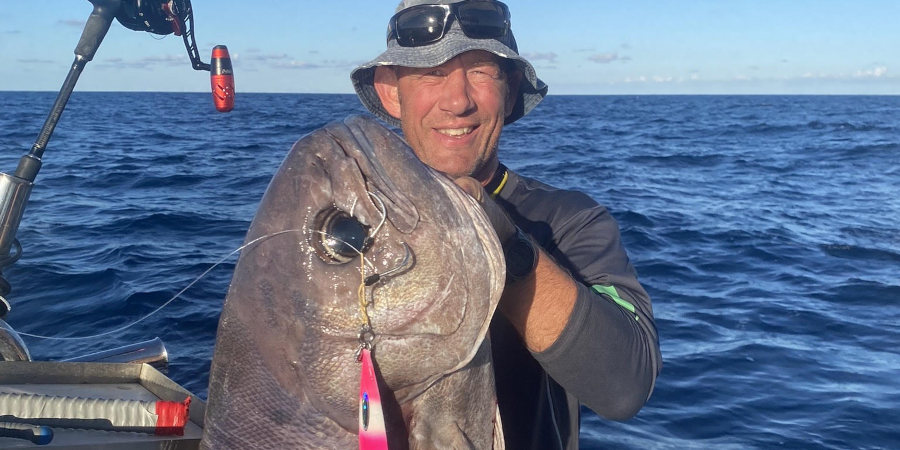
Episode 626: Advances in Deep Slow Pitch Jigging with Jim Potts
Deep drop slow pitch jigging is one of those areas where anglers are always pushing the limits of their gear and the available techniques. Jim Potts is at the forefront of the deep slow pitch revolution and shares his learnings as he modifies and develops tackle to meet his specific fishing needs.
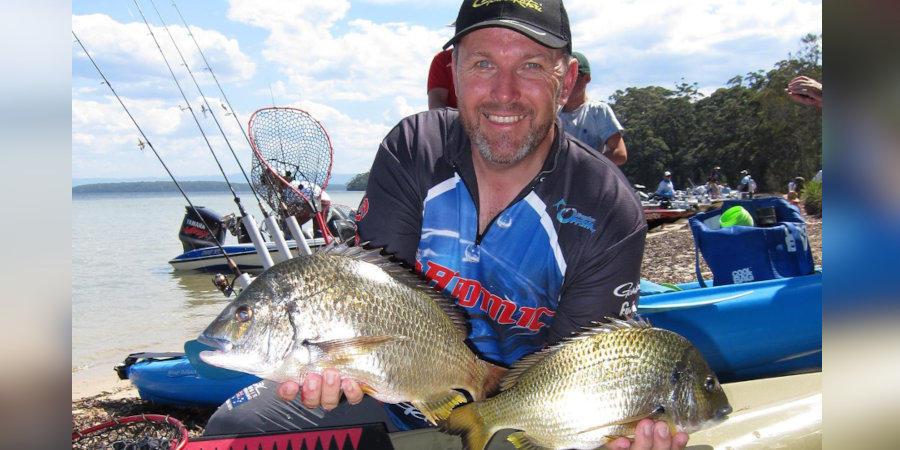
Episode 620: Maximise Your Fishing With Andrew Death
Tournament anglers approach their fishing a little differently than most social anglers. So what can we learn that might help us maximise our enjoyment and results when we’re not fishing competitively?
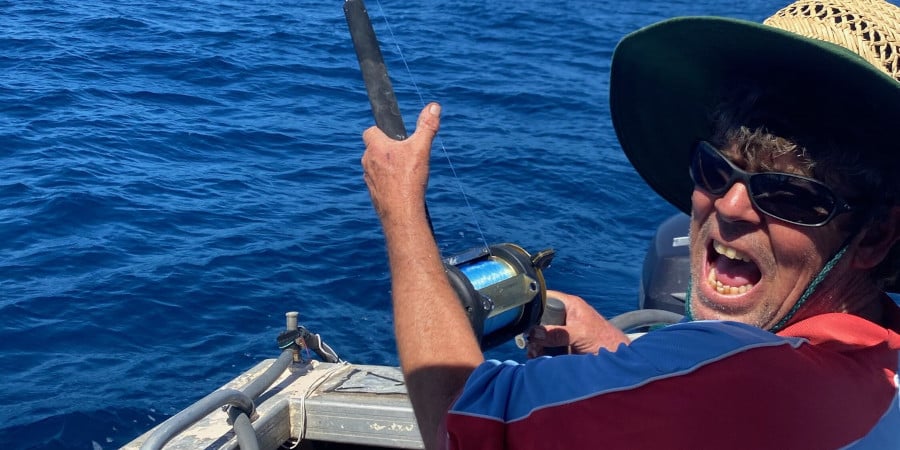
Episode 391: Jervis Bay Marlin With Malcolm Munro
Small boat fishing for marlin has never been more accessible, and today’s ALF guest Malcolm Munro is only too happy to share his tips for getting onto them.

Episode 267: NSW Central Coast Striped Marlin With Jay Huxley
For Australia’s east coast anglers, striped marlin are a great small boat billfish option. Todays guest, Jay Huxley is a master on the marlin and has some awesome tips to share with anyone hoping to tag a stripie!



0 Comments